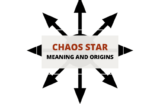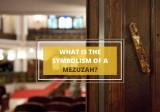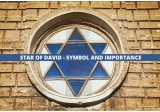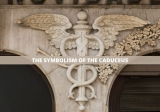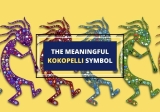In Egyptian mythology, Osiris was the god of fertility, life, agriculture, death and resurrection. Osiris’ name meant powerful or mighty, and according to ...
The chaos star can be distinguished by its eight points connected at the center and the equidistant arrows that point in every direction. It's a symbol ...
The mezuzah (or mezuza) is a symbolic object of the Jewish faith. It’s a rectangular case affixed at a tilt next to a doorway. Here’s a look at what this ...
The Star of David, also called Magen David (Hebrew for Shield of David) is often considered the most recognizable symbol of the Jewish people, culture and ...
Known as the symbol of medicine, the Caduceus depicts the image of two serpents wrapped around a staff with wings. It might seem ironical that destructive ...
Kokopelli is an interesting symbol, featuring a hunchbacked flute player. The first images of Kokopelli appeared on Hohokam pottery over 1000 years ago. ...
In Yoruba religion, Oya was the goddess of weather, known to be one of the most powerful deities in Africa. She was also a strong and brave warrior who was ...
Shrunken heads, commonly referred to as tsantsas, played a role in ancient ceremonial rituals and traditions throughout the Amazon. Shrunken heads are ...
Throughout history, symbolic jewelry has been popular, worn for one reason or another. Some wear meaningful jewelry as a symbol of their culture or faith, ...
Anklet bracelets, also called anklets, are popular around the globe. As one of the oldest accessories around, this type of jewelry has gained various ...
A cartouche was an oval-shaped object or outline within which ancient Egyptians wrote royal names. Hieroglyphs and symbols were a central part of the ...
Illinois is one of the most popular and visited states in America. While its major city Chicago is said to be one of the most beautiful cities in the ...



